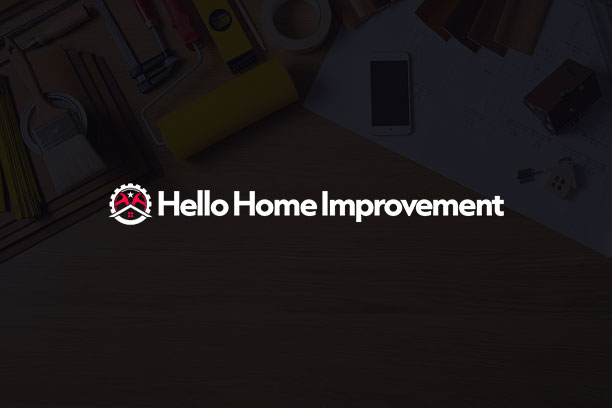A home equity line of credit is a type of financing that pulls value from your home.
You’re accessing your equity, and some of the reasons you might tap into it include:
- Home improvements
- Debt consolidation
- Long-term investments
- Emergency expenses
- Business expenses
Home improvement is largely the main reason people get HELOCs. You can upgrade your home or make it more functional for your needs. You might use your home equity to finance a large, value-increasing home project like a kitchen remodel. Strategically the idea is to use your home’s value to boost its value.
A home equity line of credit is like a credit card. You have a certain limit up to which you can borrow. Then, you take it as you need it, and you only pay interest on what you draw.
This is compared to a home equity loan. With a home equity loan, you’re still borrowing against your equity, but you’re getting a sum of money all at once. You pay it back in fixed, regular payments.
So, what are the pros and cons of a HELOC?
Pros of a HELOC
Some of the upsides of a home equity line of credit include:
- There are no closing costs if your credit is good. That means you don’t have to pay application fees or appraisal costs either. You typically have to pay those with most standard home equity loans.
- There are no fees for a cash draw. If you were going to use a credit card for a project, for example, you would have to pay a fee for a cash advance.
- HELOCs offer very low-interest rates. They’re secured by the equity in your home, which is one reason that lenders offer competitively low rates. They’re adjustable-rate loans, which may also help you get a lower initial rate, but this can go up over time.
- Some HELOCs include the option to convert to a fixed-rate loan if you want locked-in rates. If you’re in the repayment phase of a loan, it may happen automatically.
- You have flexibility in how you repay your HELOC balance.
- A HELOC is a type of mortgage, meaning your interest is tax-deductible.
- There aren’t restrictions on how you can use the funds with a HELOC. You’re getting a line of credit with significant flexibility. You don’t have to have your lender approve changes either.
Cons of a HELOC
What about the downsides of a HELOC?
- With a HELOC, since your home is your collateral, you’re putting it at risk if you default. You could lose your home if you become unable to make your payments on-time.
- There may be various penalties or fees to be aware of, such as annual fees or inactivity fees.
- Any new loan you get is added to your total amount owed on your home. When you have more equity, you also have more options. If you don’t have equity and the value goes down, you might have to keep your property until there’s a change.
- Perhaps one of the biggest downsides of a HELOC is the fact that they are adjustable-rate loans. This means that while your rate could go down, it can also go up. With that being said, as was mentioned, some lenders will convert a HELOC to a fixed-rate loan eventually.
There are pros and cons of any loan, and deciding which is best for you is based on your personal financial situation and what you want to finance. Overall a HELOC provides flexibility but also risks since your home is your collateral and rates are adjustable.
Written by Ashley Sutphin for www.RealtyTimes.com Copyright © 2023 Realty Times All Rights Reserved.
Read the full article here














